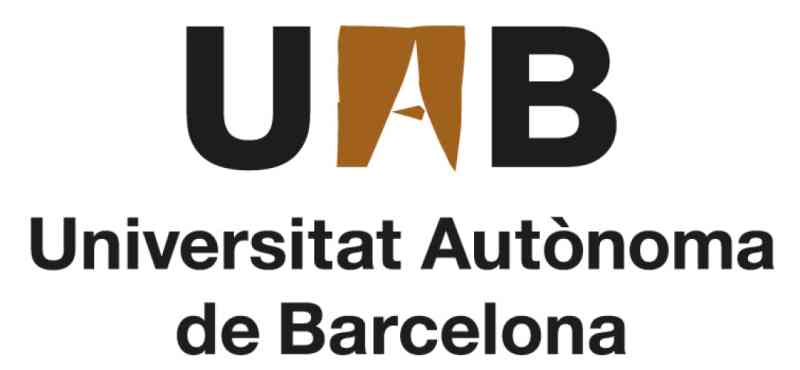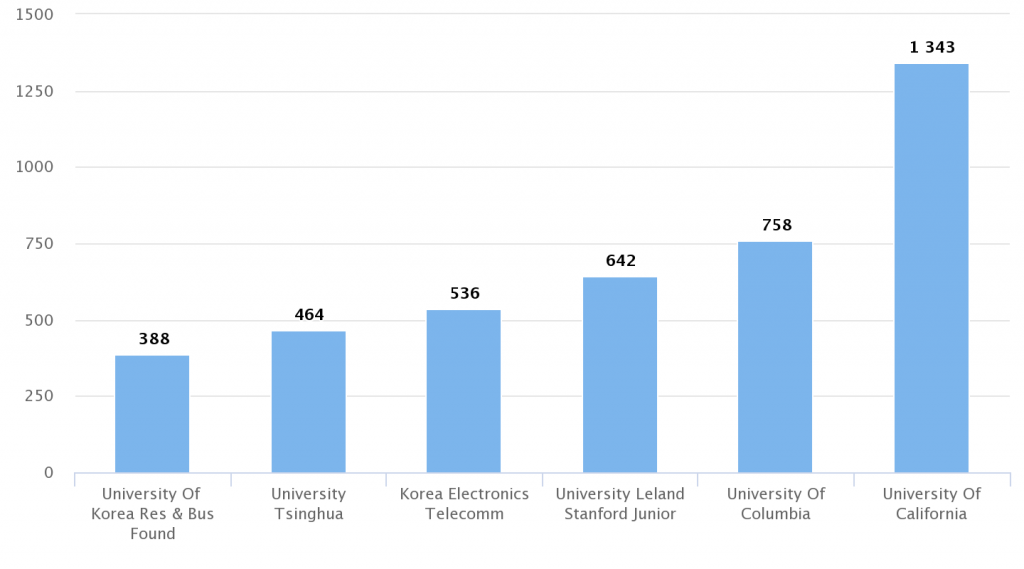Key Highlights
- BioFlag’s specialized probiotic uses specific lactic acid bacterium strains to reduce blood glucose levels in canine diabetes.
- Universitat Autònoma de Barcelona has pioneered a minimally invasive gene therapy using vectors expressing insulin and glucokinase for sustained diabetes control.
- SGLT2 inhibitors enhance glycemic profiles and potentially reduce insulin requirements in managing canine diabetes.
- OP-T LLC is developing bioactive peptides to disrupt protein interactions associated with diabetes development.
- Purdue Research Foundation shares that a combination of collagen and insulin-producing cells can control blood glucose levels effectively.
- Brigham and Women’s Hospital is utilizing mesenchymal stem cells (MSCs) with enhanced infiltration to treat diabetes in dogs.
The current approach to managing diabetes in dogs involves administering regular insulin injections to stabilize blood sugar levels. This treatment plan is customized to each dog’s unique needs, with glucose curves and fructosamine tests used to monitor glucose levels and track progress.
While consistent glycemic control can be challenging, new insulin formulations and delivery methods, such as insulin pumps, are being explored to achieve more precise control.
In this study, we list pioneering research and developments from prominent universities and companies, each contributing unique solutions for canine type-1 diabetes treatment.
1. Bacterial strains and Fiber-based Foods
Bioflag Group

Established in 2008, Bioflag Group is a prominent probiotic and postbiotics manufacturer in Asia. Their recent breakthrough focuses on addressing type 1 diabetes mellitus (T1DM) through a unique approach involving a combination of bacterial strains.
In their latest patent application, US20220313752A1, Bioflag proposes a method to alleviate T1DM using a specialized probiotic composition. This composition can be tailored for various applications, including food products, animal feed, pharmaceuticals, and more, making it versatile in its potential uses, even for dogs.
Further, the patent highlights using specific lactic acid bacterium strains, namely Lactobacillus salivarius subsp. salicinius AP-32, Lactobacillus johnsonii MH-68, and Bifidobacterium animalis subsp. lactis CP-9. These strains, deposited at the China Center for Type Culture Collection (CCTCC) under accession numbers CCTCC M 2011127, CCTCC M 2011128, and CCTCC M 2014588, are combined in a particular ratio.
This unique combination demonstrates the potential to effectively reduce blood glucose and hemoglobin A1c (HbA1c) levels, offering a promising avenue for managing T1DM.
Gratuk Technologies

Gratuk Technologies has introduced an innovative approach centered around utilizing dietary fiber derived from sugar cane to address type 1 diabetes in dogs.
Established in 2009, Gratuk Technologies has a patent, JP6218756B2, that explores the application of dietary fiber material extracted from sugarcane in specialized canine (dog) food formulations designed to enhance the management of diabetic conditions.
The resulting pet food offers several advantages, including being relatively hypoallergenic, containing a balanced ratio of soluble and insoluble fiber for optimal dietary intake, and featuring bioactive molecules that positively influence blood sugar levels and intestinal health.
Notably, a closer look at the founder of Gratuk Technologies, Dr. Malcolm Ball, reveals his involvement in two additional companies: MediKane and PetKane. MediKane focuses on bringing products to market, including those protected by Gratuk’s intellectual property, while PetKane operates in conjunction with MediKane, working on developing pet food supplements.
Among their product offerings is “Chica,” a pet food supplement with sugarcane fiber as a key ingredient. Chica has undergone trials demonstrating its effectiveness in managing dogs’ blood sugar levels, showcasing its innovative potential.
2. Gene Therapy-based Solution
Universitat Autònoma de Barcelona

The Universitat Autònoma de Barcelona (UAB) has developed a minimally invasive solution for treating type 1 diabetes in dogs using gene therapy vectors. These vectors express both the insulin gene and glucokinase, offering a promising approach.
In 2013, the university achieved a groundbreaking milestone by demonstrating the potential to cure diabetes in large animals through a single gene therapy session. Remarkably, the treated dogs regained their health, showing no further disease symptoms. This breakthrough focused on using gene therapy vectors administered via simple needle injections into the animal’s rear legs. These vectors, once introduced, express the insulin gene and glucokinase.
Glucokinase, an enzyme responsible for regulating glucose uptake from the bloodstream, collaborates with the insulin gene to act as a “glucose sensor.” This sensor automatically adjusts glucose uptake, effectively reducing diabetic hyperglycemia associated with excess blood sugar.
In a significant development in 2017, the UAB reported the results of a follow-up study spanning approximately 8 years following a single administration of therapeutic vectors to diabetic dogs. The study highlighted the sustained control of glycemia without the necessity of external insulin supplementation, underscoring the lasting effectiveness of this innovative gene therapy approach.
University of California

The Regents of the University of California have developed a method for treating type 1 diabetes in dogs using an innovative approach involving an AAV vector encoding Uracortin 2 (UCN2).
The patented method, US10918738B2, entails injecting an adeno-associated viral vector (AAV) containing a nucleic acid sequence encoding UCN2 linked to a promoter. UCN2 gene transfer enhances glucose disposal independently of insulin, boosts insulin sensitivity, and potentially increases glucose-induced insulin release.
This approach leads to elevated insulin release and reduced hyperglycemia, effectively addressing type 1 diabetes in dogs.
Explore ongoing research in gene therapy for treating dog diabetes in detail. Request our tailored, comprehensive landscape study to gain actionable insights through in-depth analysis.
3. SGLT2 inhibitors and therapeutic proteins
Boehringer Ingelheim

Boehringer Ingelheim has developed an innovative method for treating type 1 diabetes in dogs, utilizing SGLT2 (sodium-glucose co-transporter 2) inhibitors.
Their patent, US11433045B2, outlines using SGLT2 inhibitors, specifically Sodium-Glucose Transport Protein 2 inhibitors, effectively reducing hyperglycemia and enhancing the glycemic profile in diabetic canines. This improvement can result in a decreased requirement for insulin in treating diabetic dogs.
Furthermore, they suggest the potential for combination therapy involving both SGLT2 inhibitors and insulin. This combination therapy offers the advantage of reducing the insulin dose and frequency of administration compared to using insulin alone. These SGLT2 inhibitors can be formulated into a once-daily, pharmaceutically acceptable product for convenient administration.
Sun Yat-Sen University and Johns Hopkins University


Sun Yat-Sen University and Johns Hopkins University have introduced an innovative approach that uses nanoparticles loaded with therapeutic proteins to treat type 1 diabetes in dogs.
Their collaborative effort resulted in a patent application, CN108778257B, filed in 2017, which was recently granted. Traditional oral insulin administration faces challenges due to degradation in the stomach’s acidic environment, inactivation by digestive enzymes, and poor permeability in intestinal mucosal epithelial cells, resulting in low bioavailability.
To address these issues, they have developed insulin-loaded nanoparticles by cross-linking positively charged chitosan with polyanions. These nanoparticles, loaded with therapeutic protein, effectively control blood sugar levels through oral administration. The technology is called “flash nanocomplexation (FNC),” the inventors have also published a research paper detailing this breakthrough.
4. Bioactive Peptides and Encapsulated Insulation-producing Cells
OP-T LLC
OP-T LLC, a clinical-stage company headquartered in Colorado, is pioneering a therapeutic solution for treating type 1 diabetes in dogs centered around bioactive peptides.
This innovative approach, outlined in their patent application, US20210008162A1, leverages the understanding that the interaction between CD40-ligand (CD154 protein) and CD40 protein on T-cells (Th40 cells) plays a significant role in the development of type 1 diabetes mellitus.
In this method, we design the proposed peptides to bind to, interact with, or influence CD40, potentially disrupting its interaction with CD154. Administering these peptides may also reduce the number of Th40 cells in the subject. These therapeutic peptides can be delivered in the form of a pharmaceutical composition. OP-T LLC is focusing its research and development efforts on autoimmune diseases to control inflammation, aiming to enhance treatments in this field.
Purdue Research Foundation

The Purdue Research Foundation has developed an innovative approach to treat type 1 diabetes, which involves using a combination of collagen and insulin-producing cells.
Their recent patent application, US20200206275A1, introduces a composition comprising collagen and insulin-producing cells (islets) designed to control or lower blood glucose levels, including type 1 diabetes, in mammals, including dogs. The collagen fibril network surrounding the cells offers protection, enabling the insulin-producing cells to sustain themselves for over 14 days in vitro.
In a promising study, mice that received macro-encapsulated islets achieved normoglycemia within 24 hours after transplantation and maintained blood glucose levels below the diabetic threshold throughout the 90-day study period. In contrast, the control group remained diabetic throughout the study, displaying widely varying blood glucose values.
5. Stem Cells-based Solutions
Brigham and Women’s Hospital

Brigham and Women’s Hospital has introduced an innovative approach that uses mesenchymal stem cells (MSCs) to treat type 1 diabetes in dogs.
Their patented method, US10471103B2, involves the intravenous administration of mesenchymal stem cells (MSCs) to dogs with type 1 diabetes. Delivering the administered cells to the specific sites within tissue microenvironments crucially determines the effectiveness of cell-based therapeutics.
More specifically, this method includes administering a population of MSCs modified ex vivo with at least one glycosyltransferase to increase the expression of Hematopoietic Cell E-/L-selectin Ligand (HCELL). The modified MSC population expresses HCELL at levels exceeding those of native MSCs. This modification enhances the infiltration of the administered MSCs into the pancreas, surpassing the infiltration achieved by unmodified MSCs, ultimately providing an anti-diabetic effect to the subject.
Conclusion
Since dogs with diabetes are more susceptible to various health issues, including cataracts, urinary tract infections, pancreatitis, and diabetic ketoacidosis, it’s crucial to regularly screen and prevent these complications.
The ongoing research in canine diabetes also addresses these complex challenges. These innovations will improve the quality of life for affected animals and offer valuable insights that could benefit both human diabetes research and veterinary medicine research.
Stay ahead of the industry by finding collaboration and innovation opportunities. Get an in-depth analysis of the canine type-1 diabetes care tailored to your research needs. Request a landscape study today.
Authored By: Mayank Maloo, R&D Solutions.
Data Expert: Vanshika Sood, Analytics
Also Read: How are Labby and Amul Tackling Livestock Disease Outbreaks?











